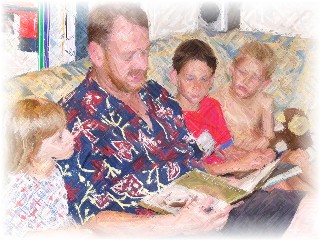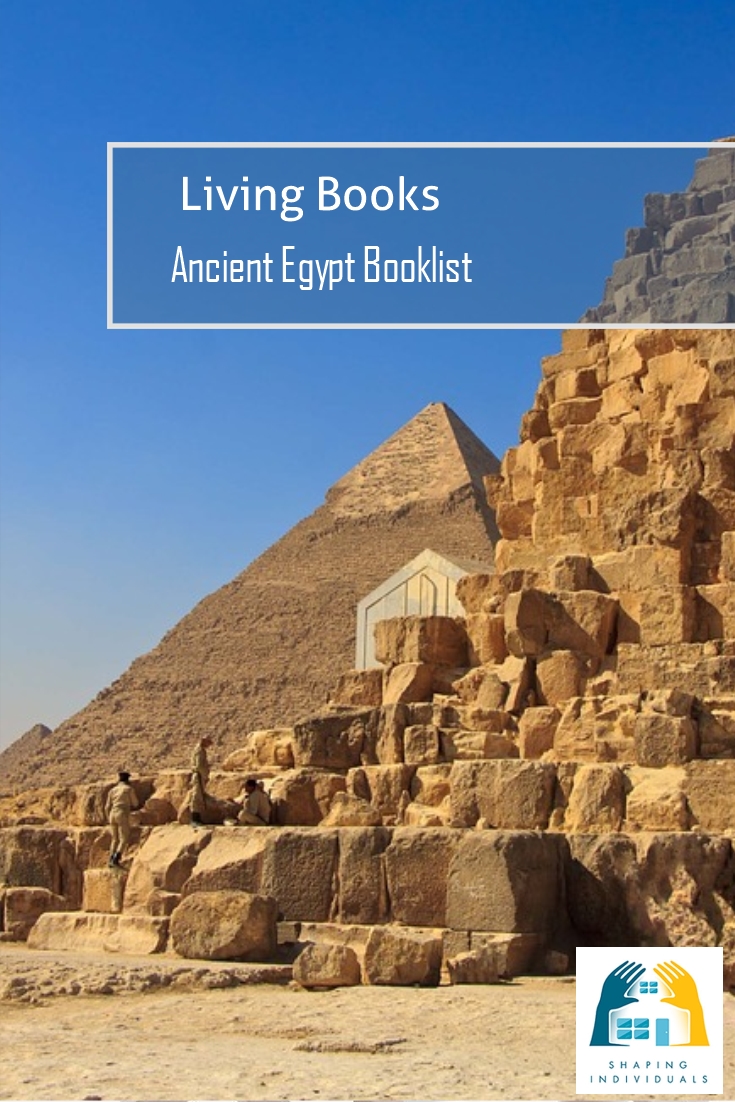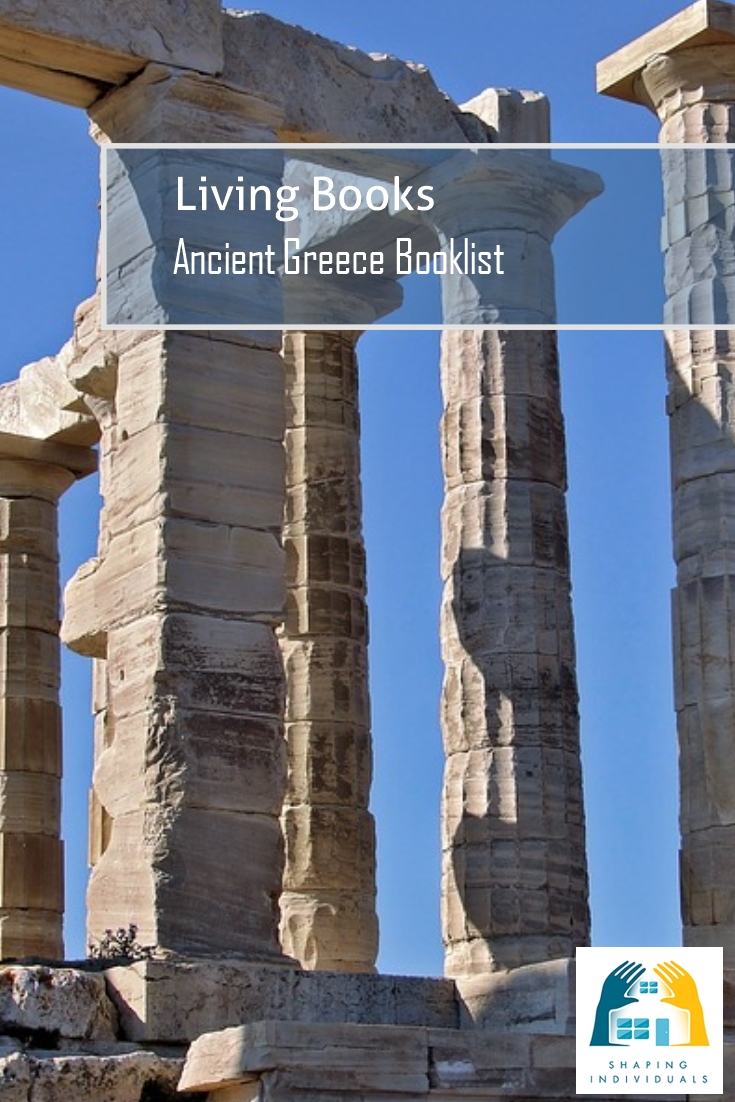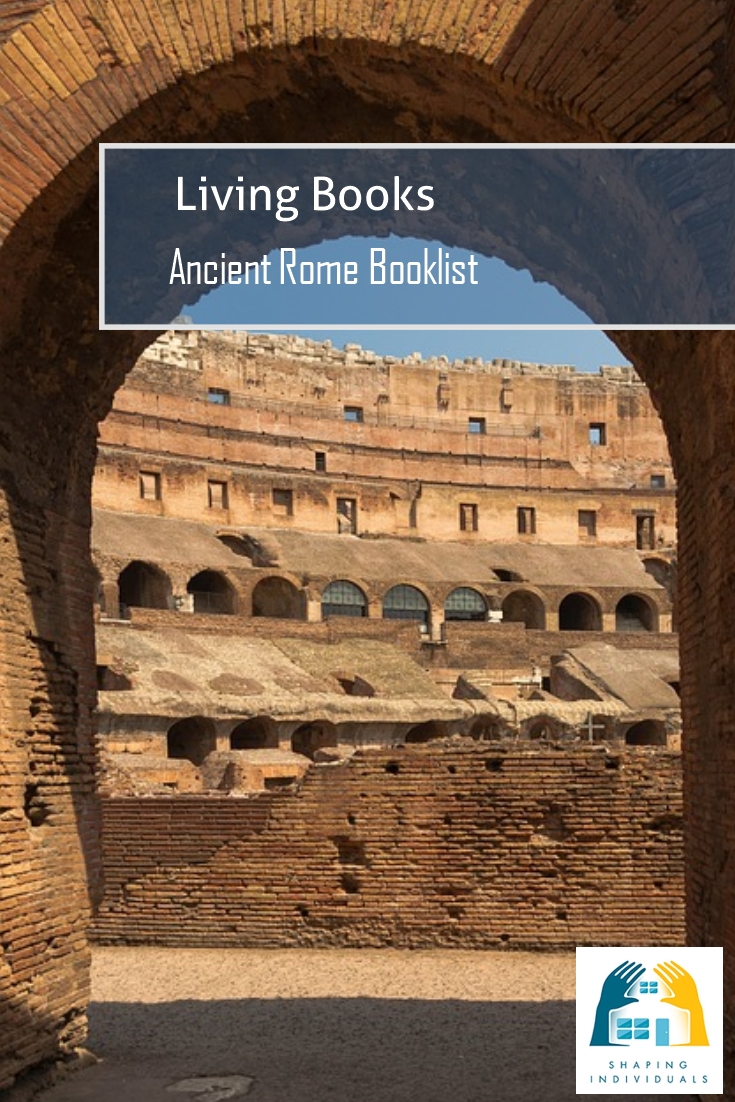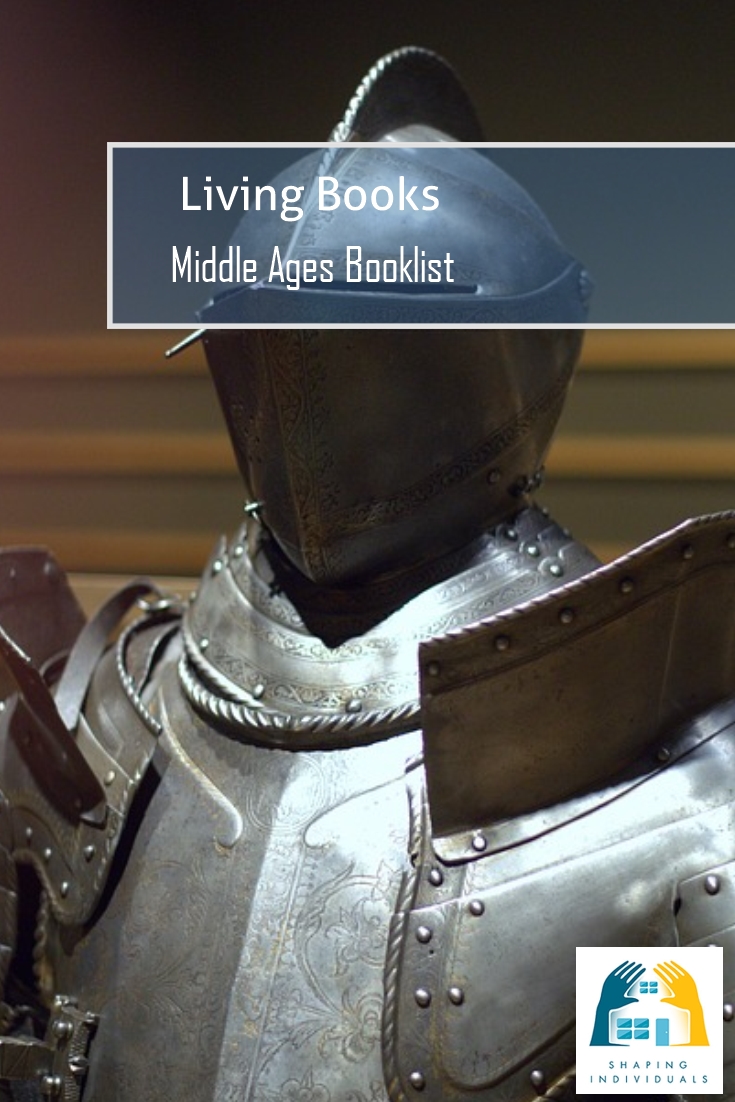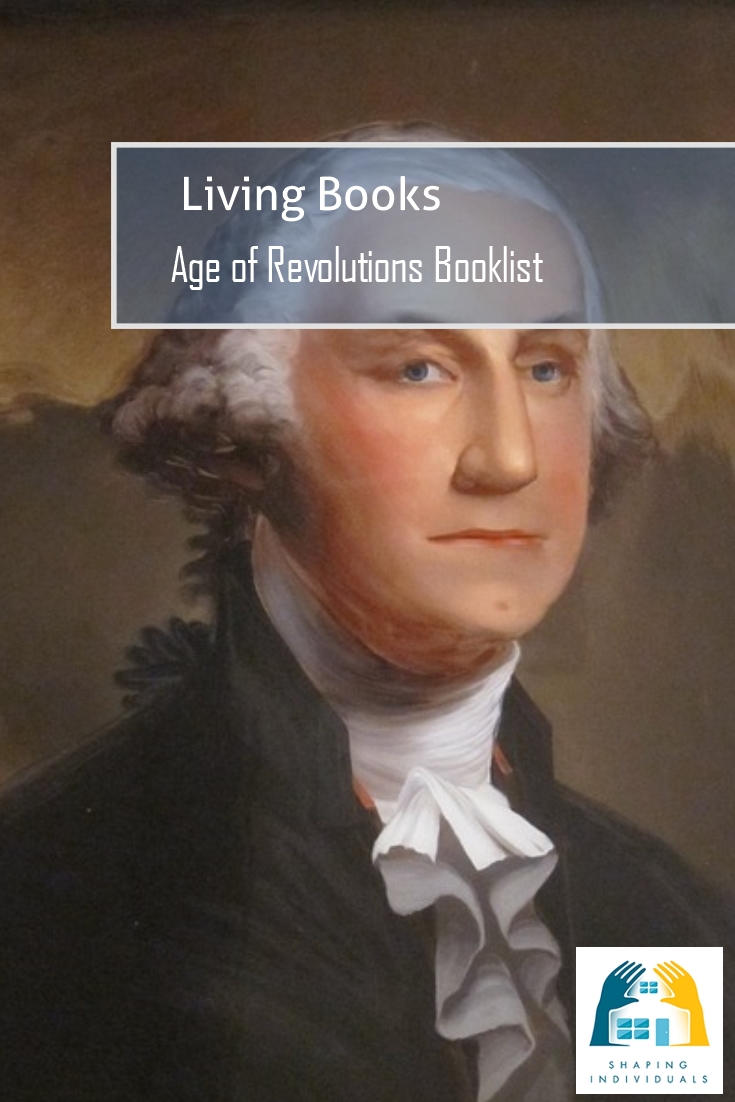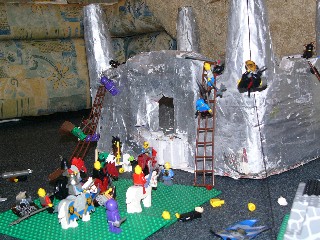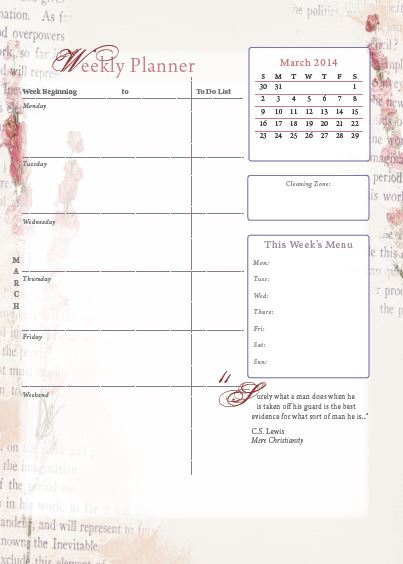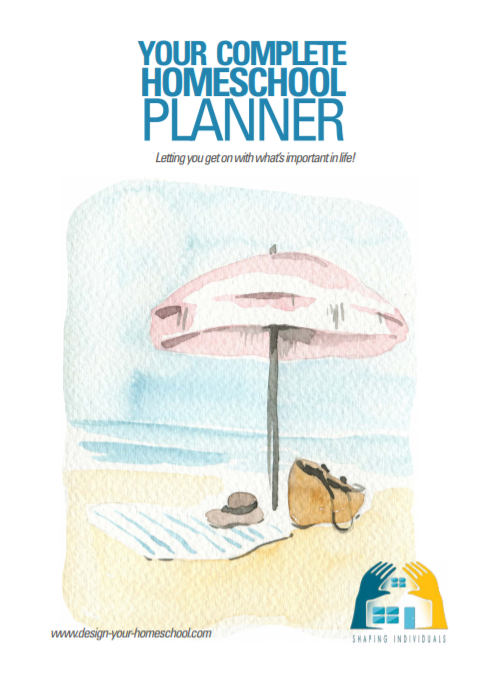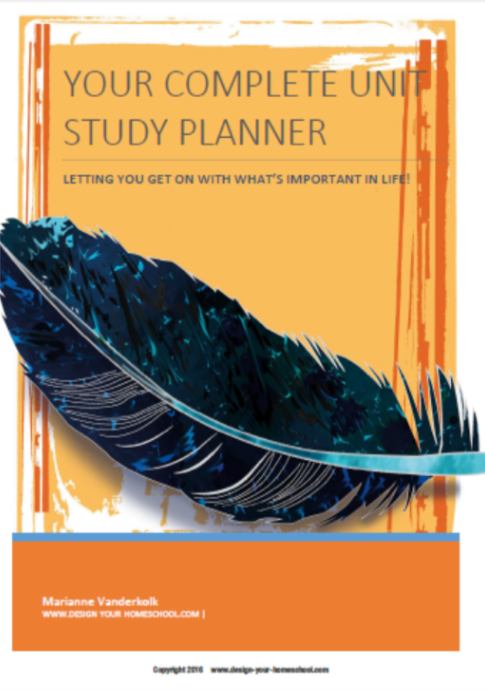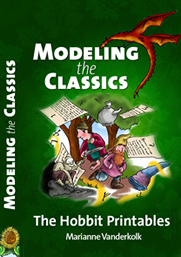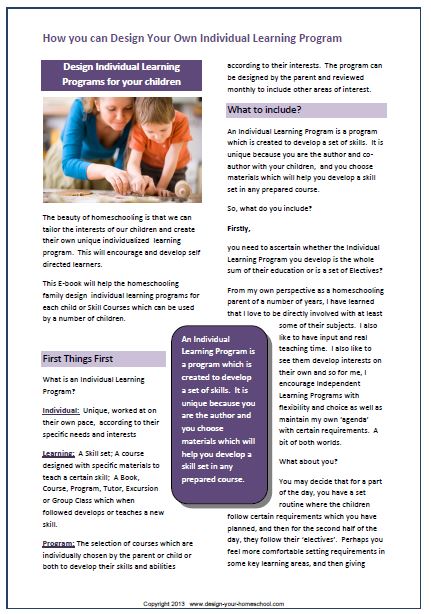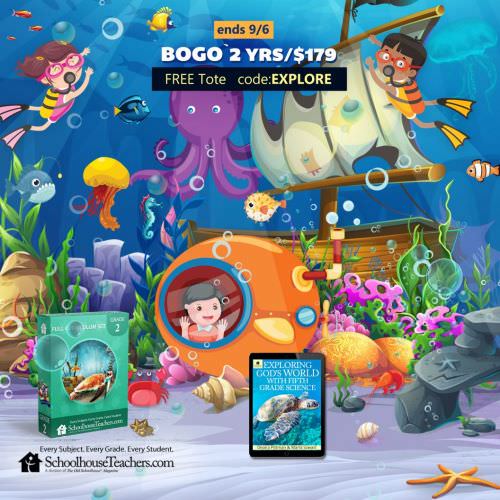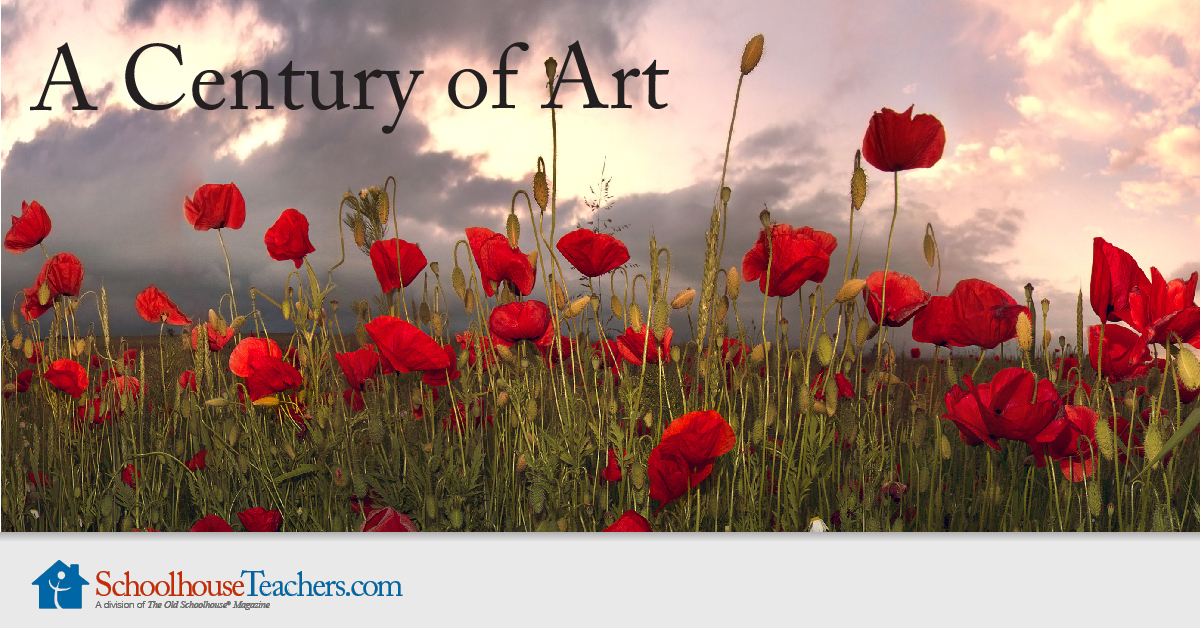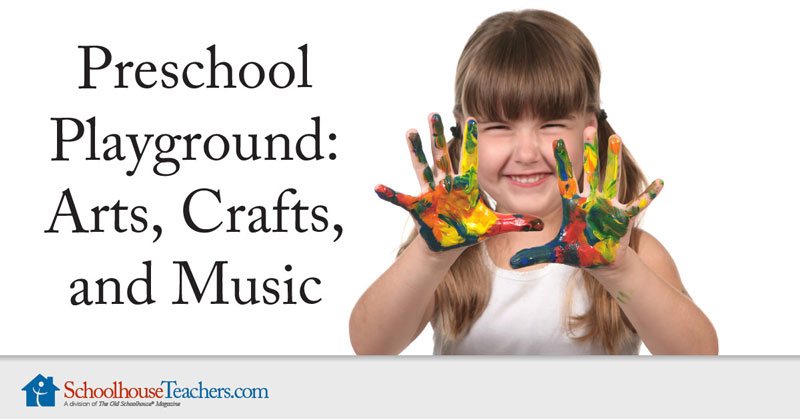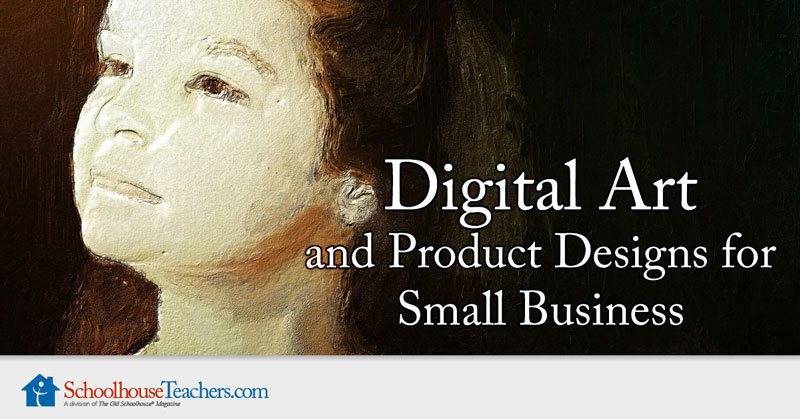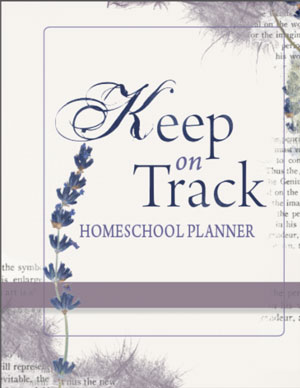Living Books Curriculum in History
How Homeschool Families design their Living Books Curriculum
Homeschooling families can easily design their own living books curriculum to teach history. Love reading? Love the stories from the past? You'll love developing your own homeschool history living books curriculum.
And I'm keen to help you right here.. On this page, you will find history living books reading lists for the different time periods and also practical steps on how to design your own living books curriculum.
It's simple and yet extremely effective. Through creating a living books curriculum for history, homeschooling families can teach history in an exciting way which your kids will just love!!
Many homeschooling families who use this approach work through history in a chronological way and they explore the time-period by choosing Historical fiction novels set in the time period and reading books which are "alive" and "inspire" in order to explore the time period.
What is a Living Books Curriculum?
Living books are not dry textbooks. They are filled with life and ideas that touch the heart and mind. They awaken curiosity; they do not dull our senses. These books cross the curriculum areas: fictional stories, non-fiction (interesting, colourful science books, dealing with important details, not dumbed-down), or history books which make the subject come alive the person, the issues, the places and things, sparking imagination and curiosity. Charlotte Mason says in Towards a Philosophy of Education. ..
"..we must sustain a child's inner life with ideas as we sustain his body with food." Charlotte Mason
Why teach history using Living Books as a Curriculum?
Reading Living Books introduces children to the times, the setting, the year, the place, the smell, and makes them familiar with real characters. It helps us gather a more complete picture of what it was like to live, eat and breathe in that time-period. Through the pages, we can move with the character and family, see their daily struggles, hear their questions, their language, their dreams and aspirations, and live alongside them. We can begin to understand them better, not be so quick to judge their actions, and walk in their shoes for a while.
Reading history Living Books brings history alive to our children, and through the endearing, warm, noble characters of history, they learn to love the stories and desire to know and read more. This means that our task as parents is to make careful and wise choices of literature.
Reading Living Books also helps us to remember history: the stories, the joys, the injustice, the wars, and the godly heroes- those which can be models for our children.
Booklists for Living Books in Historical Time Periods
Living Books History Curriculum Step by Step
What does a Living Books Approach to History look like in reality?
This is not the only way to use Living books, but this is an example of what we do.
Read an Historical Fiction Novel as a read aloud to everyone
1. When we study history as a family, we always read an historical
fiction novel from that time-period. I spend at least an hour a day
reading this novel to all of my children.
The novels we read are varied- some well known classic series books are the Landmark Books and G.A.Henty books.
However, the selection of fine historical fiction novels is great and
you should not limit yourself just to one author or series.
I usually read this book for an hour or so, a few times per week.Sometimes, Dad reads a different book in the evenings.
Reading a variety of sources
2. Depending on the age and ability of the children, I require that they also read about that time-period, or character, or event in their own reading time.
For my younger children, I set the pace,(step 3) but when they are older I give them reading assignments to complete. (see step 5)
Reading aloud a Spinebook or Living Book to set the Context
3. When they are young, I read the novel to them (for an hour or so), as
well as a collection of living books which discuss the time-period.
These other books (Usborne books, library books, etc) give the context
for the historical fiction novel.
Sometimes, it is helpful to use a Spine book
to teach history as a base. This spine keeps you on track. You can use
it as a baseline - read from it, go on all sorts of diversions, and when
you are ready, return to the spine and read the next chapter.
Narration - oral or written
4. Either using the spinebook
or the living book, I would ask the younger children to narrate (tell
back to me what they have learned) from that passage or chapter.
Read Here for more information about Writing Narrations.
If
they are able to, they can write their narrations. Otherwise, I would
write their narrations for them and they can draw a picure underneath or
alongside it.
The main focus for younger children (primary
school years), I believe is for them to develop a knowledge base- to
hear the stories, meet the important characters of history, place them
in a context, have a basic grasp of some important dates (to build up a
mental grid or time-line) to know what came before and what came next.
Extra Reading and Writing Assignments for older children
5. The older children are given specific reading and writing assignments
depending on their age and ability. Reading and Writing are part of
important History Skills which are developed in a natural way in the
context of teaching history.
Writings can include reports, book
reviews, essay writing in a variety of styles- persuasive (arguing a
point,) compare and contrast essays, expository essays, research
writing, letters to the editor, and creative writing in the forms of
poetry, short stories, plays and narratives.
Feel free to use these free notebooking pages to record the history narrations, book reviews, essays, descriptions of the time period.
The
main focus, for children aged 13-15 is to make connections between the
actions of men and women and consequences that come from their
decisions. This age group should begin to evaluate men's actions against
scripture; Understand cause and effect; Measure the culture against
Biblical standards; Make links between trends, philosophies and the
art,music and culture of the time. As children mature from 16 onwards,
they would continue to make these connections and logically argue for or
against issues in the past and how it relates to our lives today.From
16 onwards, we would be focussing on writing and presenting logical,
well-documented arguments.
History Project Ideas
6. You may choose to complete a project in that week or over a few weeks, which can enhance your study. This incorporates art skills and this hands-on approach can be very rewarding for most children.Projects can be so varied, and children are so imaginative and different, that it is often through this process that you realize the uniqueness, the passions and interests of your children.
Some may love to get their hands dirty building a papermache castle, or a knight on a horse, or working with wood - building models and weapons, others may love to work with material -collages, embrodiery, costume-making.
Other children may want to dramatize a scene; Others may love to write about it; or paint it.Other children will want to set up a powerpoint presentation on the computer of what they have learned.Others will want to make musical instruments, listen to or play the music of the time-period.
See these history project ideas here:
- Ancient Egypt History Project Ideas
- Ancient Greece History Project Ideas
- Ancient Rome History Project Ideas
- Middle Ages History Project Ideas
- Renaissance / Reformation History Project Ideas
- Cold War Hands on Learning Day
- World War 1 History Day
- Colonial Day History Project Day for homeschoolers
Some extra thoughts on Living Books Curriculum
The Living Books approach to Homeschool History does not focus on projects, but these can be a natural result of learning about and living in the time-period. Some weeks will be heavier on reading, and in other weeks the time may be spent more on reading. However, the focus of the Living Books approach to History - is reading excellent literature, living non-fiction and fiction books, poetry and drama.
We keep a History Book (which is an A3 visual arts Diary) and all their narrations, drawings, photos of projects and so on, go into this large book which covers a specific time-period.
Free History Notebooking Pages here.
What are my favourite read aloud historical fiction novels?
I have now created my TOP TEN Lists - my favourite historical fiction novels in time period or study topic. I have not read all of these books - but I have gleaned ideas from others and from authors I trust and have read previously.
More TOP TEN History Living Books Suggestions:
- Ancient Egypt, Greece, Rome, Medieval, Reformation and Renaissance
- Trade and Empire 1600-1707 History Living Books
- Age of Revolutions History Living Books
- Colonization Period History Living Books
- Modern Times History Living Books
- World War I History Living Books
- World War II History Living Books
Here is also a list of all the G.A.Henty Books according to time periods.
Who is G.A.Henty? If you have boys (and even if you don't) you MUST read this! G.A.Henty Historical Fiction
Where to from here?
|
Some curriculum providers which teach history in a living books approach are |
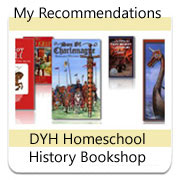 |
More Pages to help you plan your homeschool history studies:
- Chronological Approach to teaching History
- Homeschool History Using a Spinebook
- History using a Unit Study Approach
- Leave Living Books and Go to History Sitemap
- Read the History Overview
